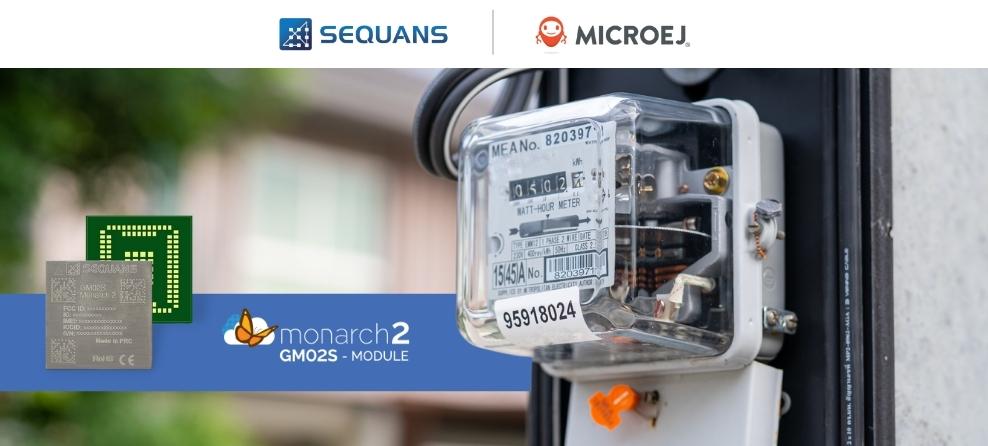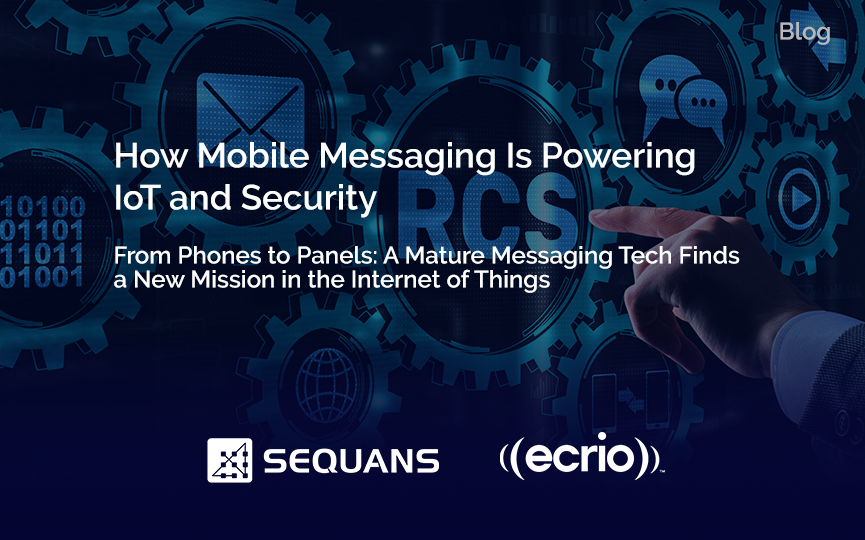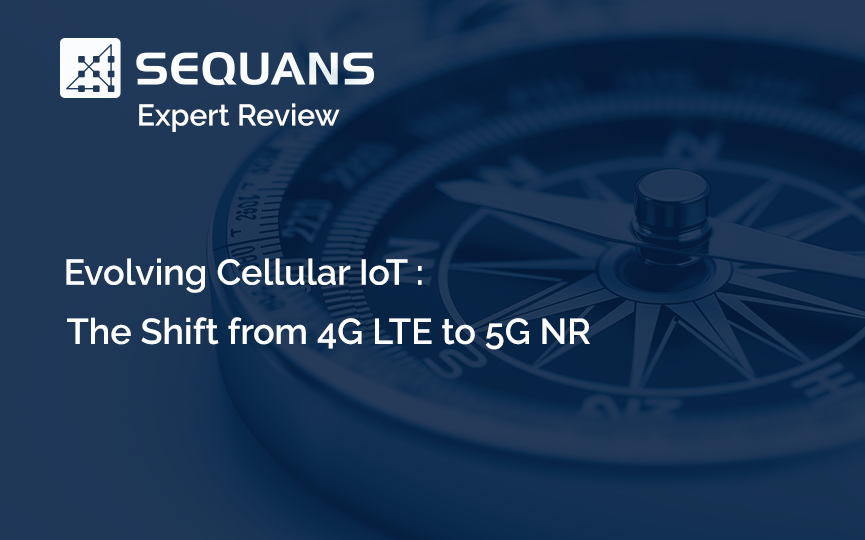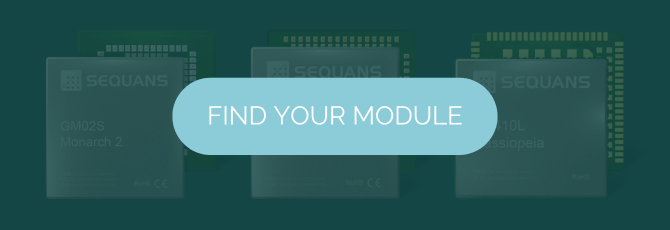Utility companies today are faced with new challenges, including meeting the needs of growing populations, providing solutions for new categories of use cases, better controlling their energy spending, responding to emergency situations, and answering the demand for customizations to enable new business models.
To meet these needs, utilities are investing heavily in smart grids to improve their efficiency and energy savings, which in turn creates tremendous opportunities in the residential, commercial, and industrial market segments. Industry analysts estimate that more than 400 million smart meters will be deployed and in use by 2022, and a majority of them will use cellular connectivity.
Smart Meters are Getting Smarter
Over the last 15 years since digital meters appeared in the market, utility meters have undergone a drastic transformation from being merely measurement devices to becoming smart sensor devices. These new smart meters had to be equipped with low-power, reliable technologies to communicate, even in remote locations. Cellular communication standards have also undergone a massive transformation from 2G/3G to 4G and now 5G. 4G and 5G Low LPWA (low power, wide area) solutions, thanks to their unmatched reliability, security, and longevity, are recognized as the best wireless connectivity choice for the AMI (advanced metering infrastructure) industry.
Sequans’ 5G-ready, market-leading Monarch 2 cellular IoT connectivity modules feature ultra-low power consumption, drawing a mere 1µA when using low power modes such as PSM (power saving mode) or eDRX (extended discontinuous reception). This breakthrough low power achievement enables more than 20 years of battery life for gas and water meters—the best in the industry. Monarch 2 also enables seamless migration from 4G to 5G for future-proof in-field deployments. With these capabilities, using Monarch 2 to run edge applications was the next logical step to serve utility companies’ current and future needs, and make cellular adoption even easier for them.
Trailblaze Energy Innovations with Software Edge Containers
Sequans and MicroEJ established a collaboration when they recognized that a MicroEJ software container could enrich Sequans Monarch 2 LTE-M/NB-IoT solutions and facilitate the porting of non-cellular applications to cellular, which is of key importance to utility companies deploying smart meters. The MicroEJ solution provides utilities with a standard edge container for developing existing and future software with an ease of use comparable to developing apps on smartphones.

Here are some of the key benefits to OEMs and AMI providers of the MicroEJ software container on Sequans Monarch 2 modules:
Portable Software
- Designing several product variants with various Sequans modems is now possible with less effort, thanks to the hardware abstraction level, even when porting applications from existing application processors.
Cost Optimization
- The complete application code can now be integrated into the Sequans modem, and there is no need for an additional processor. MicroEJ’s software container maintains a strict separation between modem code and application.
Customization and Services
- OEMs can easily customize their smart meter, gateway, or communication module application to fit the need of each utility. This customization can be done without touching the device design and can be delegated to support teams or regional teams.
- It is also possible to create and deploy tailor-made services on the device after installation. Examples range from services to enhance energy management such as energy measurement and energy analytics, to network services such as provisioning, secure updates, and network analytics.
Future-proof Energy Devices
- Utilities can keep up with technological innovations by updating their software remotely with innovative features and services. They can, for instance, use data analytics to introduce new insights on energy consumption, management of peak and off-peak rate periods, etc., as well as prepare for smart grid evolutions.
For more information about MicroEJ and Sequans partnership: https://www.microej.com/press_release/sequans-en/




